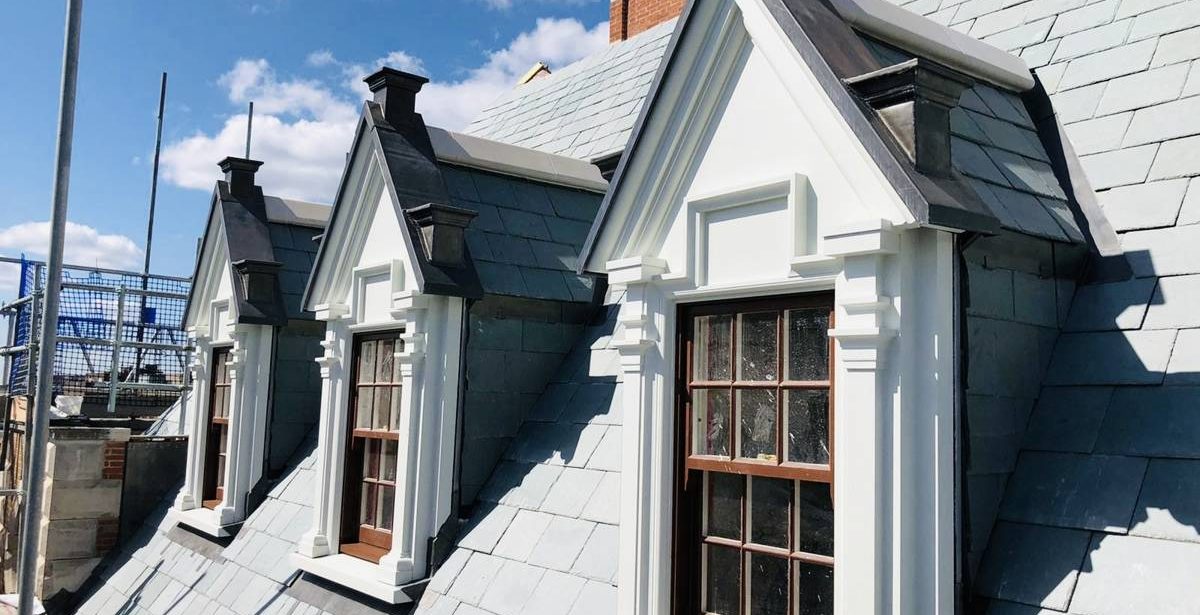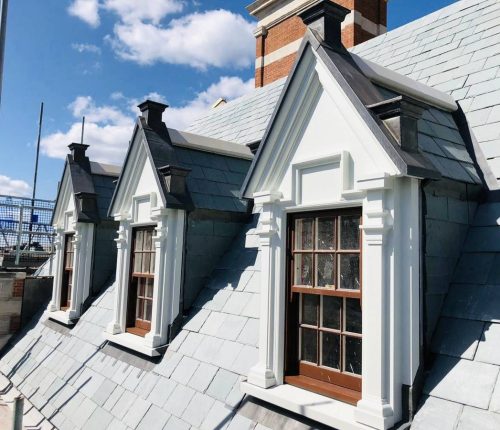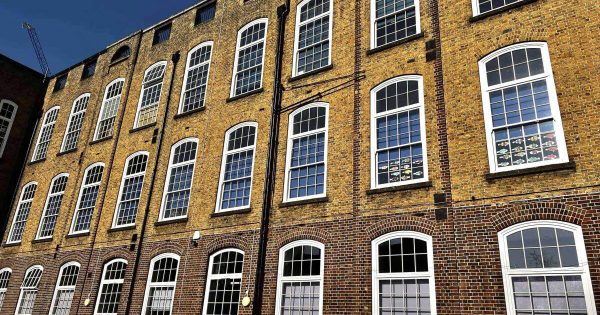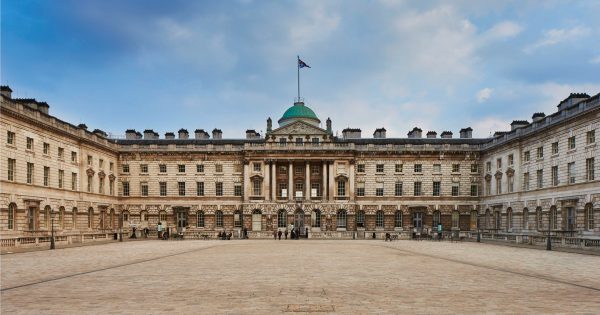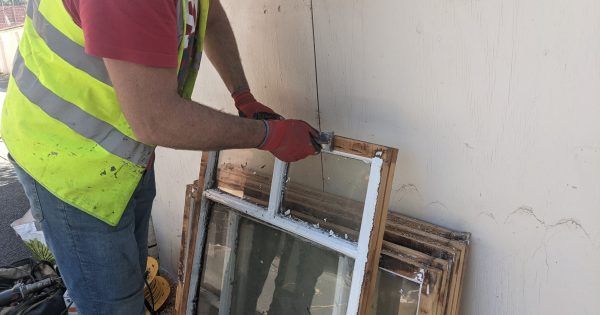Wed Jun 19
As architects, you understand the importance of creating buildings that are not only aesthetically pleasing but also meet the highest standards of safety, energy efficiency, and sustainability.
When it comes to window replacement projects, navigating the complex web of building regulations can be a daunting task. However, failing to comply with these regulations can have severe consequences, affecting the project’s viability and potentially leading to legal ramifications.
In this comprehensive guide, we’ll delve into the intricacies of window replacement regulations, exploring the key aspects that every architect should be aware of. We’ll also highlight the benefits of partnering with TRC Contracts.
Understanding Window Replacement Regulations
Energy Efficiency and Thermal Performance
One of the primary focuses of modern building regulations is improving energy efficiency and reducing heat loss. Inadequate thermal performance not only contributes to higher energy bills but also has a significant environmental impact. When replacing windows, it’s crucial to choose products that meet or exceed the required energy rating and thermal performance standards outlined in Document L of the building regulations.
To comply with these regulations, architects must carefully consider factors such as the type of glazing, frame materials, and the overall window design. Double or triple-glazed units with low-emissivity coatings and thermally efficient frames can dramatically improve a building’s thermal performance, reducing heat loss and lowering energy consumption.
Additionally, the installation of trickle vents or other ventilation systems may be required to ensure adequate fresh air circulation while minimising heat loss.
Means of Escape and Fire Safety
Safety is a paramount concern in any construction project, and window replacement is no exception. Building regulations outline specific requirements for means of escape, fire safety, and safety glazing, ensuring that occupants can evacuate the building safely in case of an emergency.
For example, windows in designated escape routes must meet certain size and operational requirements to facilitate easy egress. Similarly, fire-rated glazing may be necessary in certain areas to prevent the spread of fire and provide sufficient protection for occupants.
Listed Buildings and Conservation Areas
If your project involves a listed building or is located within a conservation area, additional regulations and permissions come into play. Listed building consent and planning permission from the local planning authority may be required, particularly if the proposed window replacements deviate from the original design or historic fabric.
In these cases, architects must work closely with conservation officers and adhere to strict guidelines to preserve the building’s historic character and special interest. This may involve replicating original window designs, using appropriate materials, or even retaining historic glass where possible.
The TRC Contracts Advantage
Quality Products and Bespoke Solutions
TRC Contracts specialises in the restoration, design, and manufacture of market-leading timber sash and casement windows. Our team of experts understands the intricate details of window replacement regulations, ensuring that every project meets or exceeds the required standards. From energy efficiency to means of escape, we provide tailored solutions that address your project’s specific requirements.
One of the key advantages of working with TRC Contracts is our ability to offer bespoke solutions. We understand that every building is unique, and a one-size-fits-all approach is often insufficient. Our skilled craftsmen can create custom window designs that seamlessly integrate with the existing architecture while meeting all relevant regulations.
Comprehensive Services and Support
Beyond our exceptional products, we offer a range of services to streamline the window replacement process. Our experienced professionals can guide you through the complexities of building regulations, liaising with the relevant building control body and conservation officers to ensure compliance and obtain necessary permissions.
This level of support can be invaluable, particularly for projects involving listed buildings or conservation areas, where navigating the intricate web of regulations can be a significant challenge. Our team will work closely with you to ensure that all requirements are met, minimising delays and potential roadblocks.
Historic Preservation Expertise
If your project involves a listed building or a structure of historic interest, TRC Contracts has the expertise to preserve the original design and historic fabric while meeting modern performance standards. Our attention to detail and commitment to quality ensure that the replacement windows seamlessly blend with the existing architecture, maintaining the building’s historic character.
We understand the importance of respecting the historic fabric and the significance of preserving the building’s cultural heritage. Our craftsmen are skilled in replicating traditional window designs, using authentic materials and techniques to create windows that are not only functional but also visually indistinguishable from the originals.
Addressing Common Concerns
Balancing Regulations and Aesthetics
One of the common concerns architects face when undertaking window replacement projects is striking the right balance between regulatory compliance and aesthetic appeal. While regulations are essential for ensuring safety and energy efficiency, they can sometimes impose constraints that may conflict with the desired architectural vision.
TRC Contracts recognises this challenge and works closely with architects to find creative solutions that meet both regulatory requirements and design aspirations. Our team of experts has a deep understanding of the latest regulations and can offer guidance on how to incorporate them seamlessly into your design without compromising on aesthetics.
Minimising Disruption and Timelines
Window replacement projects can be disruptive, particularly in occupied buildings or those with ongoing operations. We understand the importance of minimising disruption and adhering to strict timelines.
Our skilled installation teams are trained to work efficiently and professionally, ensuring that projects are completed within the agreed timeframes while minimising any inconvenience to occupants or ongoing operations.
How Can TRC Contracts Help You?
Navigating window replacement regulations can be a challenging endeavour, but with the right partner, you can ensure that your project meets all the necessary requirements while achieving optimal performance and aesthetics.
TRC Contracts stands out as a trusted ally in this journey, offering not only exceptional products but also unparalleled expertise and support.
As you embark on your next window replacement project, consider partnering with TRC Contracts. Our team of professionals will work closely with you to understand your unique needs, providing tailored solutions that combine regulatory compliance with outstanding craftsmanship.
To learn more about TRC Contracts’ services and how we can support your upcoming projects, reach out to our team for a consultation.
Embrace the confidence that comes with working with a trusted industry leader, and let TRC Contracts guide you through the intricacies of window replacement regulations, ensuring a seamless and successful project every time.
As a trusted and reputable supplier, TRC Contracts is proud to be a member of NBS Source. Our profile on NBS Source provides architects with easy access to detailed information about our products and services, making it even more convenient for you to explore the range of sash and casement windows we offer.
Visit our profile on NBS Source today to learn more about how TRC Contracts can meet your project requirements and deliver exceptional results.
Discover More with TRC Contracts
Choosing the right window style for your architectural design
Advancements in window restoration techniques
The benefits of triple-glazed sash windows in historic buildings

